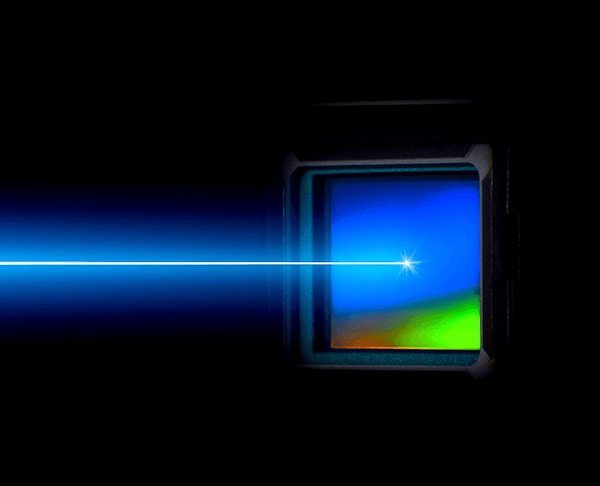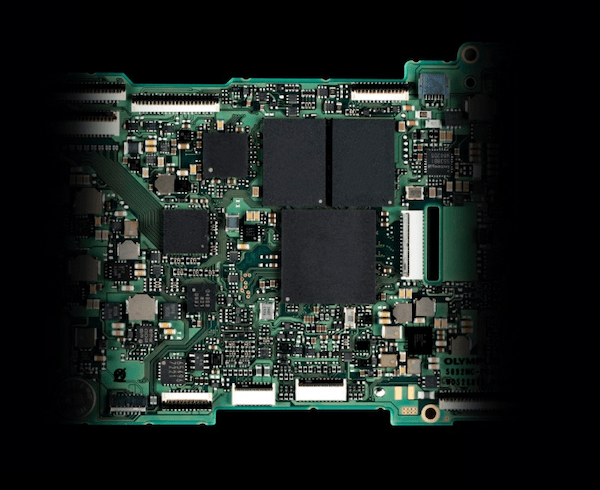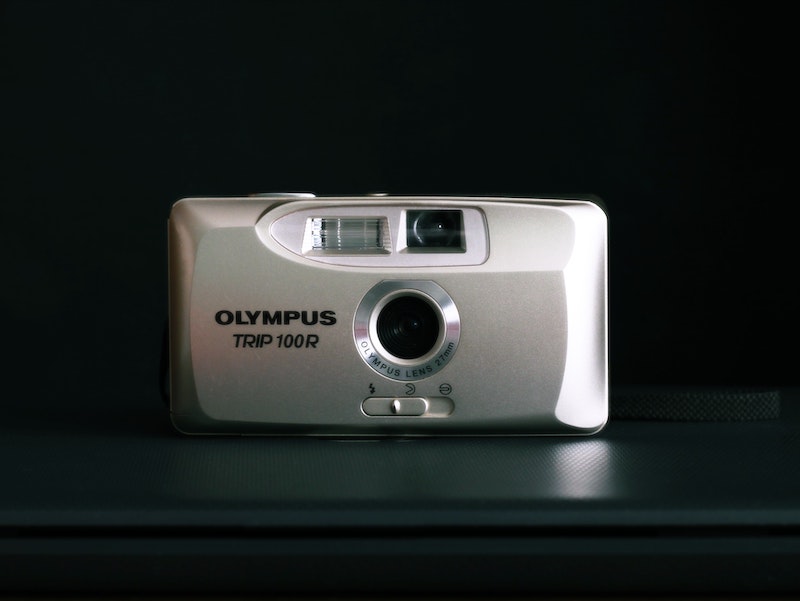If you are looking for your first camera or an upgrade for everyday use, then you might be stuck between choosing a Micro Four Thirds camera and a Point and Shoot (compact) camera. Both cameras have their benefits, but by far, the M4/3 cameras outweigh the majority of areas.
Sensor Performance

The first thing you should look at is the sensor size of the camera . Almost all Point and Shoot cameras have a sensor that is inferior to the larger Micro Four-Thirds cameras. A larger sensor size makes all the difference to image quality, especially when at a higher megapixel count.
. Almost all Point and Shoot cameras have a sensor that is inferior to the larger Micro Four-Thirds cameras. A larger sensor size makes all the difference to image quality, especially when at a higher megapixel count.
Take, for instance, 20 megapixels; if you were to measure the Micron (μm) of each pixel size, M4/3 sensors rate at 3.3μm, whereas compact cameras offer 1.17μm. The noticeable difference is the level of detail in low light. The Micro, Four Thirds sensor will outperform every time.
offer 1.17μm. The noticeable difference is the level of detail in low light. The Micro, Four Thirds sensor will outperform every time.
Better Video Quality

While many compact or point-and-shoot cameras boast high-resolution video capture, the results don’t match the claims. It is no secret that Micro Four Thirds cameras often appear in the top lists of the best videography cameras on the market.
The Panasonic LUMIX range, in particular, is the most popular choice of enthusiasts and professional videographers, and even some cinematographers. As described above, Micro Four Third cameras have a different sensor-build to point and shoot.
Plus, many cine lenses feature an MFT lens mount and make the most of the Super 35 format available in the high-end Micro Four Third models.
Interchangeable Lens Selection

By far, one of the most significant advantages of a Micro Four Thirds camera over a point and shoot is the lens situation. Point and shoot cameras usually feature a fixed zoom lens with a crazy wide to telephoto range. Sounds great on paper, but the image quality throughout the range is never good.
over a point and shoot is the lens situation. Point and shoot cameras usually feature a fixed zoom lens with a crazy wide to telephoto range. Sounds great on paper, but the image quality throughout the range is never good.
A Micro Four Thirds camera has access to an ever-growing prime and zoom lenses collection from premium manufacturers such as Panasonic, Leica, Olympus, Laowa, and Sigma. What’s more, if you only intend to shoot portraits or products, a high-quality prime lens is ideal.
Alternatively, if sports or wildlife is your jam, you can invest in a high-quality long telephoto. The best bit is that you can start with a single lens to meet your needs and then scale up your kit as your experience and skills grow.
Processor

While you may not physically see the processor in either camera, there can be a noticeable difference in image reading and writing speed. For M4/3 cameras that offer a higher burst rate having a fast processor is crucial.
Due to the larger size of these cameras over Point and Shoot models , a larger processor can be accommodated without overheating becoming an issue.
, a larger processor can be accommodated without overheating becoming an issue.
In Closing
Considering all these points, you could opt for a Point and Shoot as a camera to use. However, you will quickly notice in comparison that the Micro Four Thirds far outweighs the compact. Read the following article, “Best Micro Four Thirds Cameras for 2020 ” to learn about the best mirrorless cameras.
” to learn about the best mirrorless cameras.


